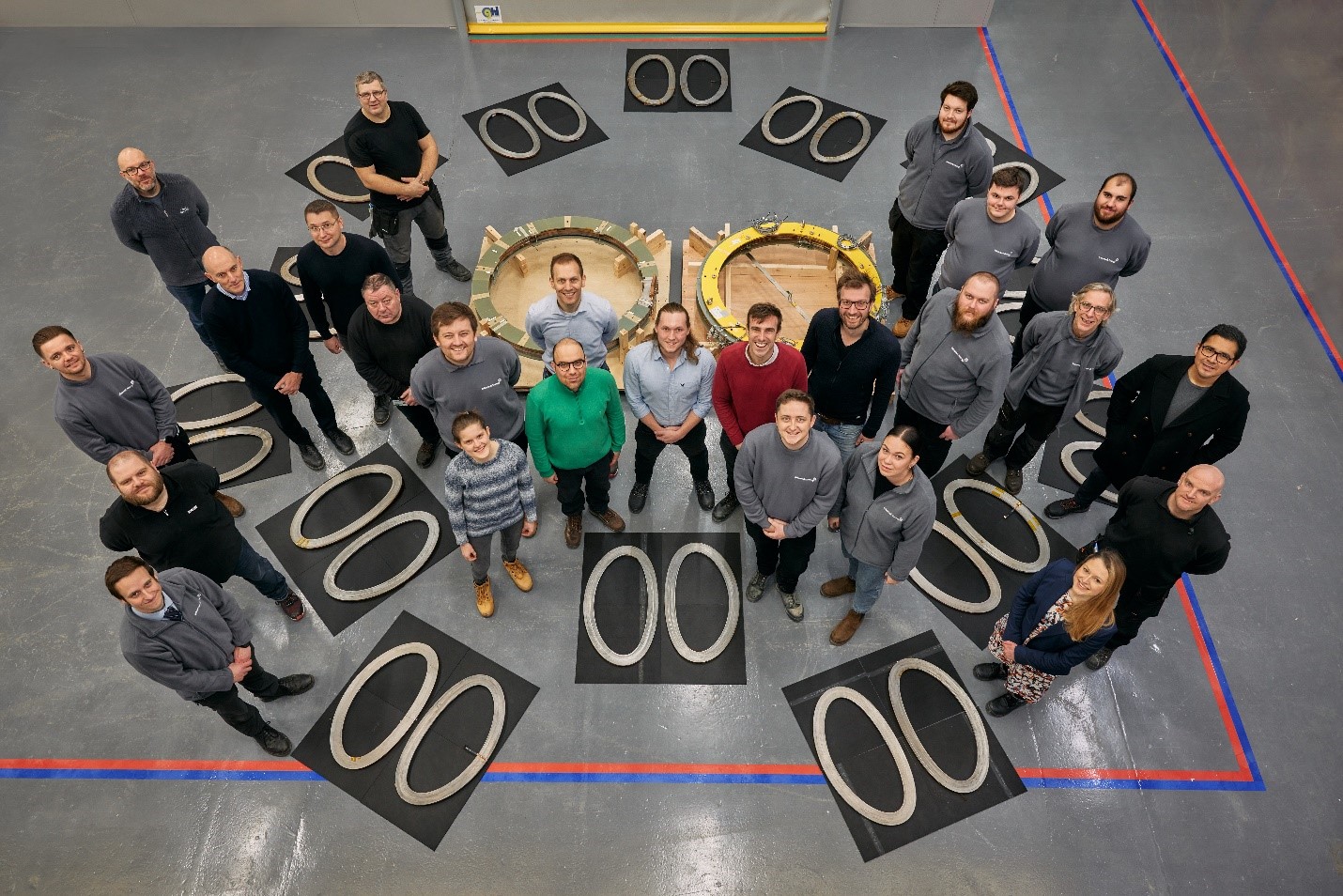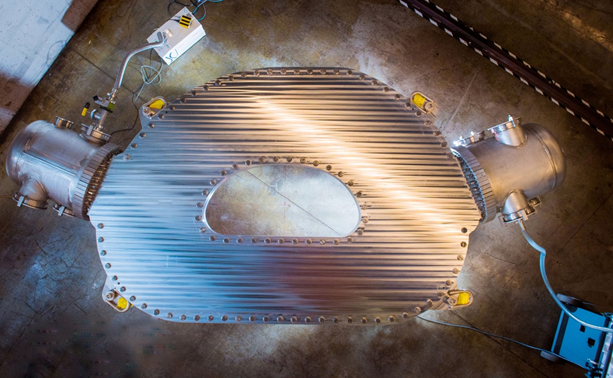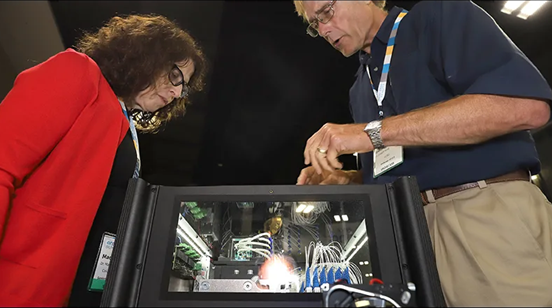
Commonwealth Fusion Systems (CFS) recently announced that the company has delivered two high-tech superconducting magnets to a University of Wisconsin experiment called WHAM that seeks to breathe new life into a fusion energy approach called magnetic mirror fusion. The magnets are the first products shipped as part of the company’s strategy to build magnets not just for its own power plants but also for other promising applications.
CFS’s primary mission remains delivering fusion devices of its own design, including the SPARC tokamak now under construction. But the technology that enables SPARC’s powerful magnets can also significantly improve other applications in fusion and beyond. A number of other companies have approached CFS given the company’s world-class capabilities in designing, developing, and manufacturing high-temperature superconducting (HTS) magnets for other markets.
“We have the capability to build some of the highest power magnets in the world,” said CFS Chief Commercial Officer Rick Needham. “Designing and building these magnets for other applications is a business opportunity that could be in the billions of dollars.”
The company’s efforts are part of a horizontal supplier business that can add revenue, improve manufacturing abilities, expand the market, drive innovation, and speed the adoption of carbon-free, abundant fusion energy. Seven of 20 fusion energy companies surveyed in the Fusion Industry Association’s Supply Chain 2024 report said magnets are critical.
CFS designed and built the superconducting magnets for WHAM at its Devens, Mass., headquarters, nicknaming them Thing 1 and Thing 2 after twin characters in Dr. Seuss’s children’s book the Cat in the Hat. The proprietary magnet technology, based on thin and flexible HTS tape, accommodates very high electrical currents that generate very high magnetic fields. The magnets are self-contained systems that have all the needed functions including cryogenic refrigeration, vacuum pumping, control, and monitoring, all designed, constructed, and supplied by CFS as a turnkey system.
Fusion energy is a developing technology that generates power by combining lightweight atoms, the process that powers the sun. It’s difficult to reproduce on Earth, though, requiring the ability to create and control a hot plasma. One way to confine these plasmas is in a configuration called a “mirror” where strong magnetic fields create a plasma shaped like a Tootsie Roll. Scientists first explored magnetic mirror fusion in the 1950s, but most efforts wound down because of difficulties stabilizing the plasma and reaching the conditions needed for fusion.
With the high magnetic fields made possible by the invention of HTS magnets, the University of Wisconsin revisited the mirror idea. Funding from the Advanced Research Projects Agency–Energy (ARPA-E) aided that effort, called WHAM — short for Wisconsin HTS Axisymmetric Mirror.
WHAM is expected to create the world’s highest magnetic field for a mirror plasma. The experiment will help validate computer models for designing more powerful magnetic mirror devices that one day could become fusion power plants for some applications.
Starting in 2019, the university sought CFS help to deliver the magnet technology. Together they developed magnet concepts optimized for a new generation of mirrors. This led to a system of two identical flat and thin magnets that can reach a magnetic field of 17 tesla in the bore and over 20T on the magnets themselves — about 400,000 times stronger than Earth’s magnetic field.
“Breathing life into mirror fusion is only possible with the new generation of HTS magnets and the teams of people who can build the magnets from these new tapes,” said Cary Forest, a physics professor at the university who is WHAM’s scientific leader and the principal investigator for the ARPE-E work.
To deliver the cutting-edge magnet systems to the university, CFS leveraged its own abilities: the technology in its record-setting HTS magnets for SPARC, its design team, its manufacturing facilities, its supply chain, and its experience building integrated systems.
“WHAM has led to a lot of first encounters at CFS for manufacturing, testing, and development,” said Grant Kristofek, Senior Manager of Superconducting Magnet Products at CFS and leader of the company’s collaboration with the university. “It means our small team working on this project could have a big impact on CFS overall.”
About CFS
Commonwealth Fusion Systems is the world’s leading and largest private fusion company. The company’s marquee fusion project, SPARC, will generate net energy, paving the way for limitless carbon-free energy. The company has raised more than $2 billion in capital since it was founded in 2018.
For more information: https://cfs.energy/news-and-media



